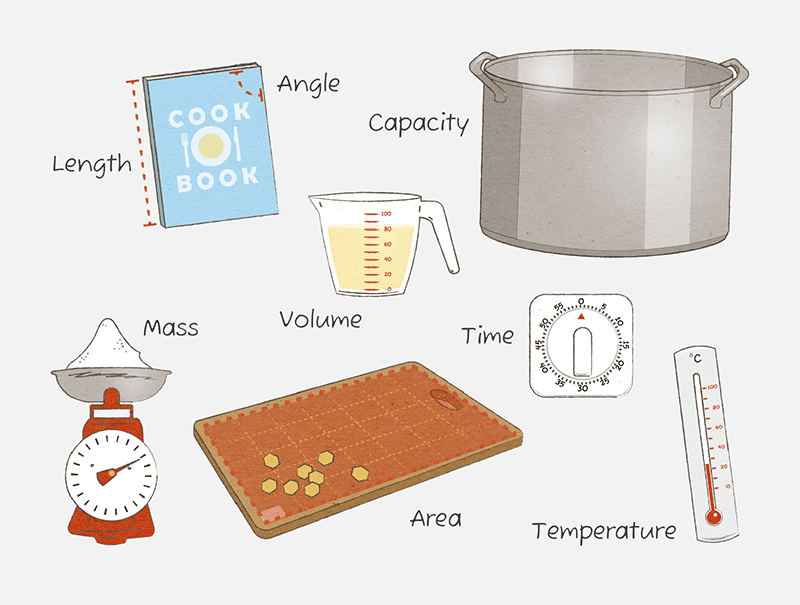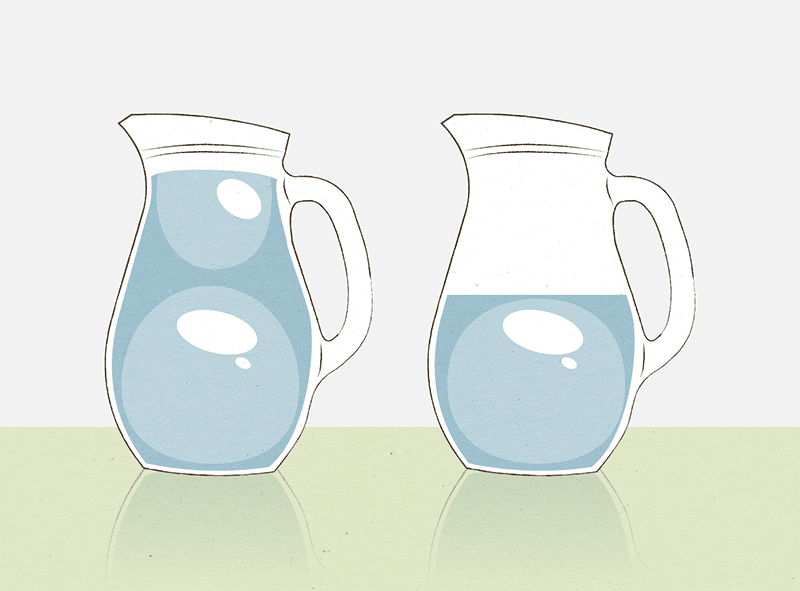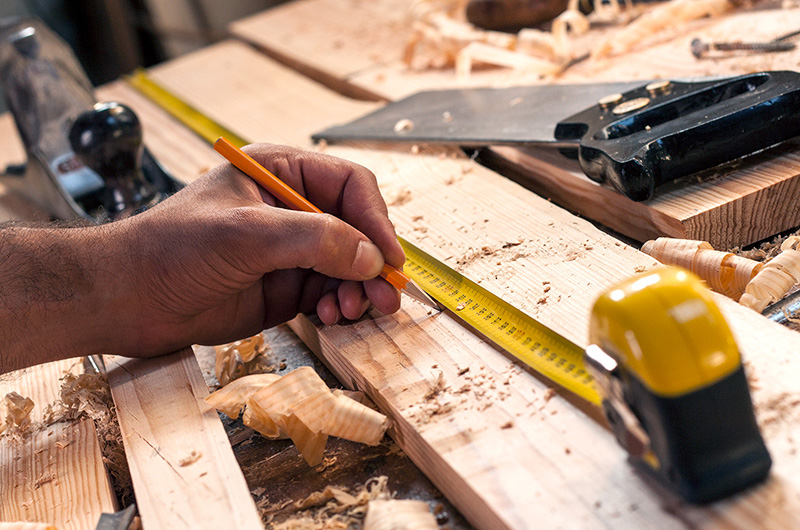Back to library
About this topic: Measurement
Measurement is a skill we use all the time in our daily lives, often without even realising it is a key maths skill.
Lots of different things can be measured. For example:
-
length
-
area
-
volume
-
capacity
-
time
-
mass (or ‘weight’ in everyday language)
-
temperature.
We use different units to measure different things (attributes). For example, metres, centimetres and millimetres can be used to measure length, and litres and millilitres can be used to measure capacity.

How do we measure?
There are a few measurement concepts that are relevant to most of the things we measure.
Comparison
When we measure something we are comparing it to something else, either directly or indirectly.
Direct comparison is where we place two things side by side to compare them. For example, a pencil case and a notebook to see which is longer, or two identical jugs of water next to each other to see which contains more.

Indirect comparison is where we use a third object to compare two things. This can be done formally – with a tape measure or measuring jug, or informally – by comparing the two objects with a piece of string or our arm span.

Units of measurement
Units of measurement can be informal or formal.
Informal units
We can use anything we want as a unit of measurement, but when the units of measurement are identical this supports greater accuracy. For example, if we measured using pencils, all the pencils would have to be the same length for the final measurement to be accurate.
As adults we are most likely to use informal units when we don’t have the right tool to measure with. For example, if we want to check if a bed will fit along a wall we might measure them both in footsteps. However, steps are not necessarily identical in size, so while they will be useful for an approximate measurement they won’t necessarily be accurate.
Informal units, like footsteps, can vary making it difficult to compare one measurement with someone else's.
Formal units
We most often use formal units, such as centimetres, litres, degrees, minutes or kilograms. The metric system, which is based on multiples of 10, is the most commonly used.
Formal units provide a consistent standard to accurately measure and communicate with others. Some formal units can be broken down into smaller units or expanded into larger units to suit what we are measuring. For example, with length there are millimetres, centimetres, metres and kilometres.
An inverse relationship can exist between the size of the unit and the count of the units. That is, the bigger the unit being used, the smaller the result of the measurement will be and the smaller the unit being used, the bigger the result of the measurement will be. For example, 7 million centimetres and 70 kilometres are the same distance but there are fewer of the bigger unit (kilometres) than the smaller unit (centimetres) to express that distance.
We can choose how to express equivalent measures based on which unit of measurement is most appropriate for the task at hand. Bigger units may be more useful or easier to communicate for large amounts, whilst smaller units allow for greater precision. For example, we might measure or express distances between cities in kilometres, and the length of an ant in millimetres.
Measuring devices
We use a range of measuring devices that are based on formal units in our daily lives. For example, watches or clocks, rulers or tape measures, thermometers (for example on the oven), measuring jugs and scales.
Each of these devices uses a different unit of measurement. For example a measuring jug may have millilitres and cups and a tape measure may have metres, centimetres and millimetres.

Measurement process
There are a few basic concepts that help us measure accurately:
- We need to start measuring from somewhere. This is called the zero point. Any point can be used as a zero point. For example, the difference between 0 and 5 is the same as the difference between 20 and 25. We can choose the most convenient zero point.
- A single unit is repeated to determine the final measurement. For example, five 1 centimetre units repeated next to each other shows us a measurement of 5 centimetres. This is called iteration.
- There cannot be any gaps or overlaps between the individual units. Lining up the units next to each other like this is called tiling.
Summary
We measure lots of things in our daily lives. Helping children understand the important basic concepts and processes that allow us to measure accurately means they can confidently use this important skill. See the Maths at home: Measurement article for ideas on how to include measurement at home with your child.
